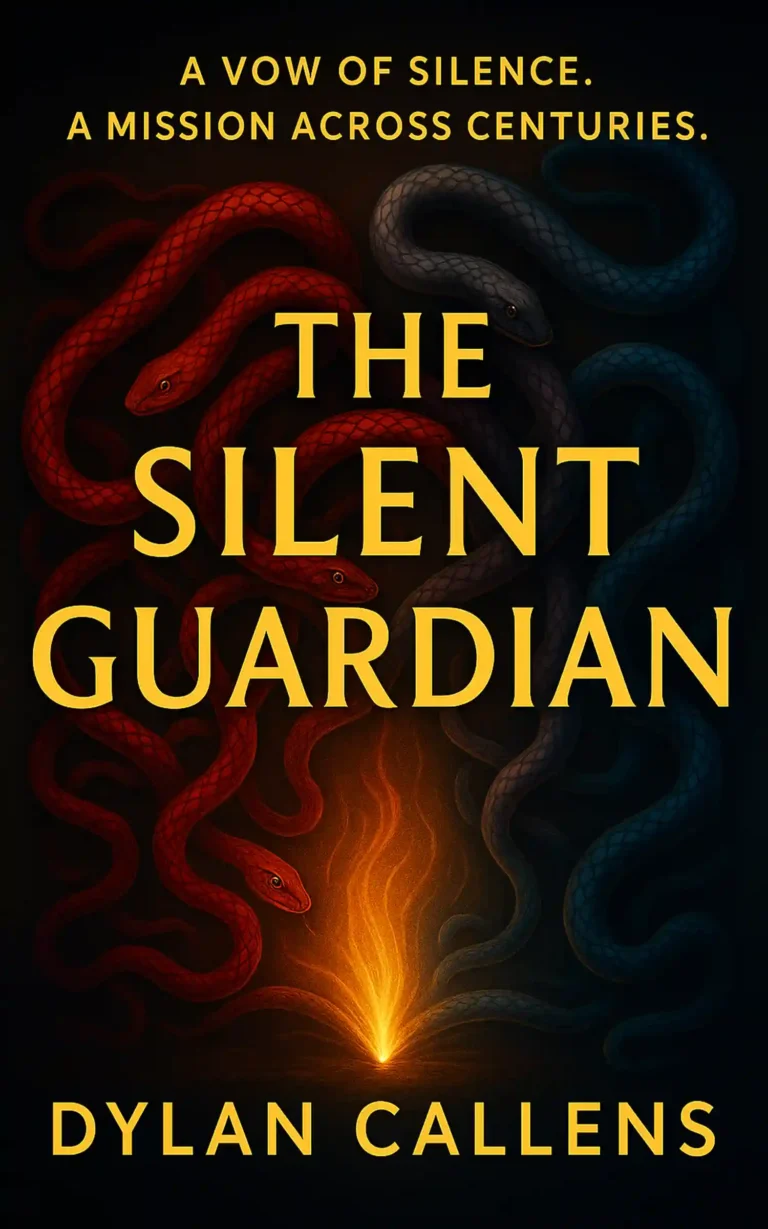If you’ve hung around writing circles for more than five minutes, someone has probably pressed a slim little book into your hands and whispered, “Read this.” That book is The Elements of Style by William Strunk Jr. and E. B. White—affectionately known simply as Strunk and White. First published as a campus handout in 1918, then expanded by White in 1959, its 100-ish pages have shaped the craft of English prose for generations.
Why does this modest manual command such devotion? Because it distills a mountain of grammar wisdom into bite-size, memorable principles. Love a sentence that sings? Strunk and White show you how. Hate bloated paragraphs? They’ll help you trim the fat. The Strunk and White Elements of Style are less about nit-picky grammar drills and more about clear, energetic communication—words that respect your reader’s time and intelligence.
Below, we’ll break down the signature ideas in The Elements of Style and explore the specific, practical ways these rules can level up your writing—whether you’re crafting novels, blog posts, business emails, or anything in between.
“Omit Needless Words” The Power of Brevity
“Vigorous writing is concise.”
This five-word command is the beating heart of Strunk and White. English loves to sprawl, but readers crave clarity. Cutting filler phrases—in order to, due to the fact that, needless to say—gives every remaining word room to sparkle.
How it improves your writing:
Sharper impact: Concise sentences land like arrows, delivering meaning without wobble.
Faster pacing: Lean prose pulls readers forward instead of bogging them down.
Professional polish: Clients, editors, and agents see brevity as confidence; you sound sure of every syllable.
Quick experiment: Take a 250-word paragraph you’ve written, slash 10 percent of the words, and read it aloud. Notice the new bounce? That’s Strunk and White magic.
“Use the Active Voice” Breathing Life into Sentences
Passive constructions (The ball was thrown by Anna) hide responsibility; active constructions (Anna threw the ball) spotlight it. Strunk and White champion the latter because it crackles with energy.
Why it works:
Clarity: Active voice instantly shows who did what.
Urgency: It propels narratives and arguments forward.
Reader engagement: People connect with agents—characters or companies—taking decisive action.
Active voice isn’t a straitjacket; passive has its place (e.g., scientific writing). But making “who” the star of most sentences delivers prose that feels confident and alive.
“Put Statements in Positive Form” Saying What Is, Not What Isn’t
Negatives are sometimes necessary, yet positive statements are almost always shorter and clearer. Compare: She was not often on time versus She was usually late. Same meaning—half the weight.
Positive form benefits:
Crisp phrasing that sticks in memory.
Stronger tone; positivity feels decisive rather than hedged.
Less cognitive load for readers (no mental double-negatives).
Try rewriting a draft paragraph by swapping negatives for positives. Watch the fog lift.
“Place the Emphatic Words at the End” The Secret of Sentence Rhythm
Strunk and White lean on an age-old rhetoric trick: readers naturally stress the final words of a clause. Position your most important idea there and it echoes.
Example:
Weak: Failure to proofread can ruin even a great article.
Strong: Even a great article can be ruined by one thing: failure to proofread.
A tiny shuffle, huge payoff in drama.
Available Now
A vow of silence. A mission across centuries. One assassin holds the fate of humanity in his hands.
Adam never chose to be silent; the Phylax demanded it. Trained from childhood as a time-traveling enforcer, he slips through centuries to eliminate those who threaten the future. His latest mission: assassinate Emperor Qin Shi Huang before a ruthless plot ultimately destroys humankind.
Grab your copy of The Silent Guardian today to embark on a time-travel adventure unlike any other.
“Keep Related Words Together” Organizing for Clarity
Misplaced modifiers and wandering phrases force readers to backtrack. The Elements of Style drills one habit: glue your adjectives, adverbs, and phrases as close as possible to the words they modify.
Resulting gains:
Fewer misunderstandings (essential for instructions or legal copy).
Smooth rhythm that feels effortless to read aloud.
Faster revisions—tight structure reveals fluff instantly.
Consistency: The Unsung Hero
Beyond the headline rules, Strunk and White insist on consistency: tense, point of view, Oxford commas (pick a lane!), and spelling variants. Consistency isn’t glamorous, but it prevents reader distraction. A story should transport the audience, not trip them with shifting spellings of “gray/grey.”
Practical Editing Framework
Let’s translate Strunk and White Elements of Style into a quick-fire editing checklist you can apply today:
First draft? Let it flow. Get ideas on paper.
Read for structure. Are your main points clear, logically ordered, and introduced with active verbs?
Hunt flab. Target filler words, redundancies, and passive constructions. Slash or swap.
Tune sentences. Place emphatic words last; align modifiers; vary length for music.
Check consistency. Tense, voice, spelling, formatting.
Read aloud. If you stumble, your reader will too. Polish until it sings.
This six-step loop, grounded in Strunk and White, turns chaotic drafts into confident prose—even under deadline pressure.
Real-World Gains for Different Writers
Avid Bloggers
SEO boost: Brevity lowers bounce rates; active headlines pique clicks.
Shareability: Concise quotes make perfect social snippets.
Authority: Clean, consistent voice builds trust—crucial for long-term readership.
Novelists & Storytellers
Pacing control: Trimmed prose keeps tension high and pages turning.
Character clarity: Active voice spotlights agency, making heroes heroic and villains villainous.
Immersive worlds: Removing verbal clutter lets sensory details shine.
Business & Academic Writers
Professional image: Clear, direct language exudes competence.
Faster comprehension: Busy readers grasp key data without sifting through fluff.
Persuasion: Positive, active statements make arguments harder to resist.
Common Misconceptions (and the Friendly Truth)
“Strunk and White is outdated.”
Language evolves, but clarity never goes out of style. Use the core principles; bend where modern usage demands.“Following rules kills creativity.”
Think of these guidelines as the frame of a house. Once the structure is sound, decorate however you like—voice, humor, experimentation. The Elements of Style simply keeps the walls upright.“It’s only for beginners.”
Even Pulitzer-winners reread Strunk and White. Mastery is maintenance.
Your Next Steps Toward Effortless Style
Read (or reread) The Elements of Style. It’s short—an afternoon well spent.
Choose one chapter to focus on each week. Apply its principle to all your writing for seven days.
Track your edits. Keep a “flab jar”: every time you cut a needless word, drop a penny in. Watch your savings grow—both linguistic and literal!
Seek feedback. Share before-and-after examples with writing friends. Celebrate sharper sentences together.
Repeat. Writing is recursive; each cycle chisels your style a bit cleaner.
Final Thoughts
The Strunk and White Elements of Style endure because they honor readers. They remind us that writing isn’t a performance of verbal gymnastics; it’s a bridge between minds. By omitting needless words, choosing the active voice, and arranging sentences for emphasis, we respect our audience’s time and earn their attention.
So crack open that pocket-sized classic. Let its timeless rules guide your next email, chapter, or tweet. Your prose will thank you—and so will every delighted reader who breezes through your words with a smile.

